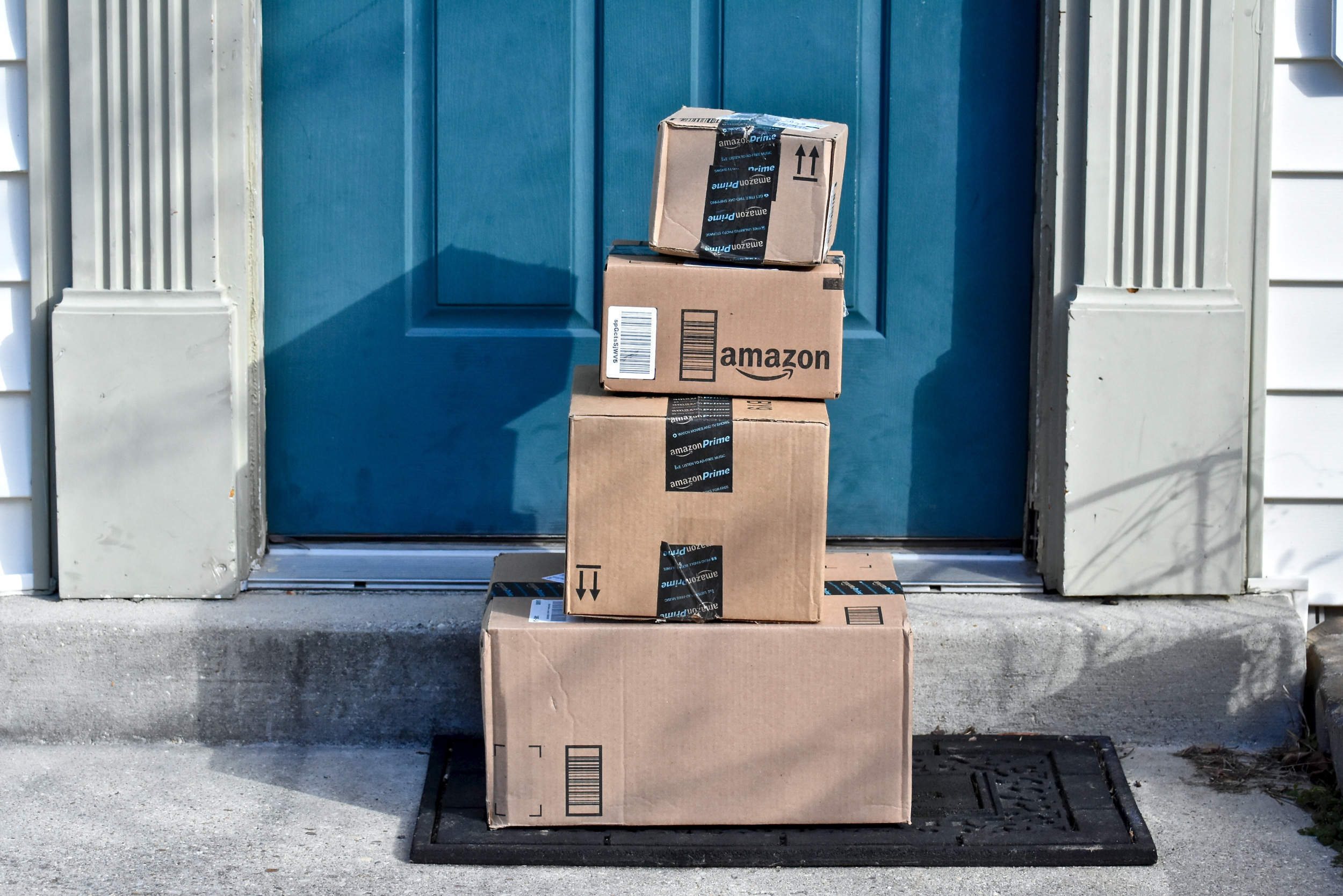In the world of online retail Amazon doesn’t just stand tall, it is the colossus of the channel, towering above rivals and imitators.
Last year it accounted for 25.6 percent of all US e-commerce sales – eclipsing even Walmart, which accounted for a relatively paltry 4.3 percent.
Inevitably, such scale generates some fear and a great deal of hype.
Amazon, it is often held, dominates retail: it is crushing rivals, gobbling up market share, and reconfiguring entire retail sectors.
Some of this is based on truth. Amazon has changed the retail landscape. It has taken market share. It has put a great deal of pressure on established players. And it has made traditional retail business models obsolete.
Yet, within this heady assessment a good dose of context is also needed.
How well do you really know your competitors?
Access the most comprehensive Company Profiles on the market, powered by GlobalData. Save hours of research. Gain competitive edge.

Thank you!
Your download email will arrive shortly
Not ready to buy yet? Download a free sample
We are confident about the unique quality of our Company Profiles. However, we want you to make the most beneficial decision for your business, so we offer a free sample that you can download by submitting the below form
By GlobalDataOut of all US retail spend last year, Amazon took 2.3 percent: impressive, but far from dominant – that honour belongs to Walmart which accounted for 9.1 percent.
Profit or proliferation?
Amazon’s profitability also leaves a lot to be desired. In the third quarter, Amazon made just 0.8 cents for every dollar it took – a figure some way below traditional retailers. Delivering products to the homes and workplaces of consumers comes with a high cost attached.
On a category basis, while Amazon has become preeminent in some segments of retail, its performance in others is lacklustre.
Grocery is the most notable example of this, where even in a city like New York, where Amazon’s Fresh concept is established, it only attains a 0.2 percent share of the total grocery market across the zip codes it serves.
None of these points diminish Amazon’s success. However, they do suggest that real dominance and continued growth in retail requires the behemoth to take a different trajectory to that which has characterised its first twenty-three years in business. That trajectory is physical retail.
Over the past year Amazon’s desire to travel down the physical path has become tangible. Bookshops have sprung up in several US cities; grocery pick-up centres are in development; pop-up stores selling Amazon’s devices have opened in malls; and a convenience food store concept, Amazon Go, is being trailed in Seattle.
Despite this frenzied activity, Amazon is still in what might be termed beta mode with regards to physical retail. It is testing, trying and refining the concepts it thinks have potential. Yet the long-term scale is significant.
Grand designs
By our calculations, based on a reasonable pace of expansion of the various formats, Amazon could be generating up to $4.1 billion of sales via physical stores by 2025. That’s a long way below Walmart, but is more than sufficient to place the physical operation in the world’s top 250 retailers by turnover.
Amazon’s desire to park its tanks on the turf of physical retailers will exert even more pressure on those traditional players. Not just because of the direct threat to their share, but because Amazon’s idea and conception of physical stores is innovative, even revolutionary.
The Amazon Go food concept, for example, has no staff and no checkout lines. It uses sensors and artificial intelligence to track what customers have taken off the shelves and lets them pay automatically via their mobile phone as they walk out. At a stroke, it does away with one of the most cost intensive parts of retail – staff.
If that isn’t enough to keep retailers awake at night, a consideration of how the stores will work might. For Amazon, physical isn’t just about growing sales. It is about reducing costs by providing places where consumers can pick up goods they have ordered online, rather than delivering them to homes and workplaces.
As such, the stores have a head-start on building footfall in an era where generating customer traffic is becoming more challenging. By our estimates, an annual 48.6 million customer pick-ups could be made at Amazon’s US physical stores by 2025.
When it comes to the threat from Amazon, the message to retailers is clear: you ain’t seen nothing yet!








Related Company Profiles
Amazon.com Inc